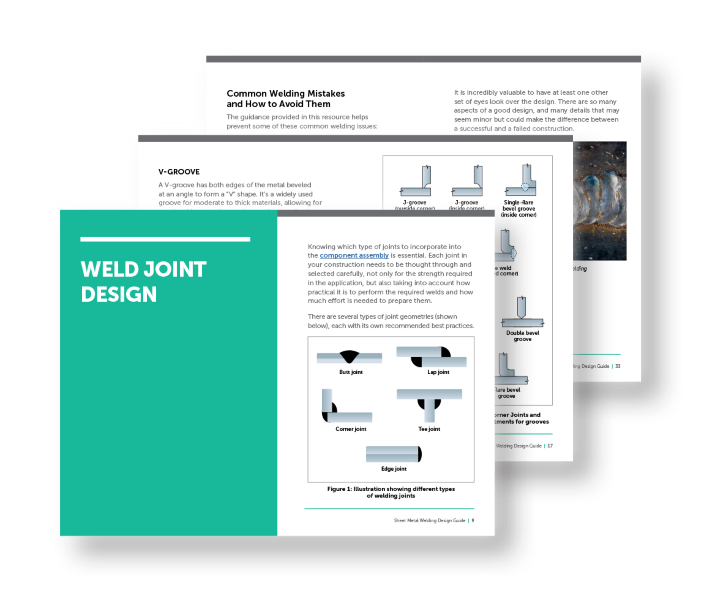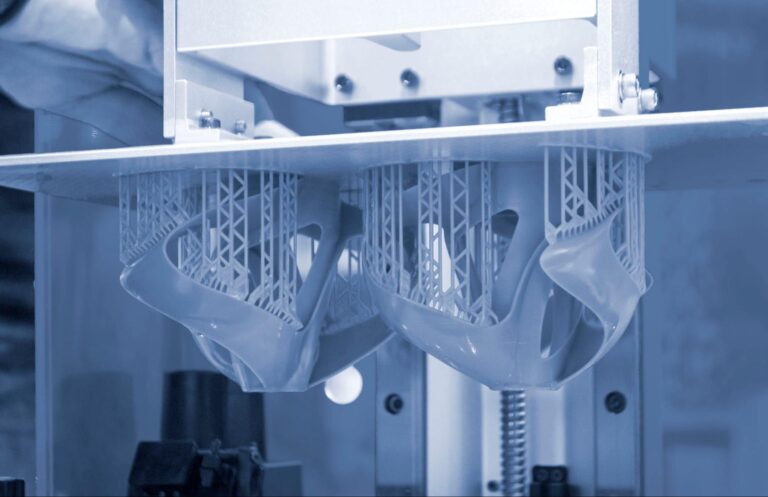Time to read: 3 min
Well designed toys can have a major impact on a child’s creative and intellectual development.
Lots of engineers I speak with have serious nostalgia around LEGOs (some still build LEGOs today) and fondly consider that toy a launching point for their passion and love of building things today.
So to inspire the littlest makers and budding engineers among us, here’s a list of some of the best toys that teach STEM concepts through play.
1. LEGO
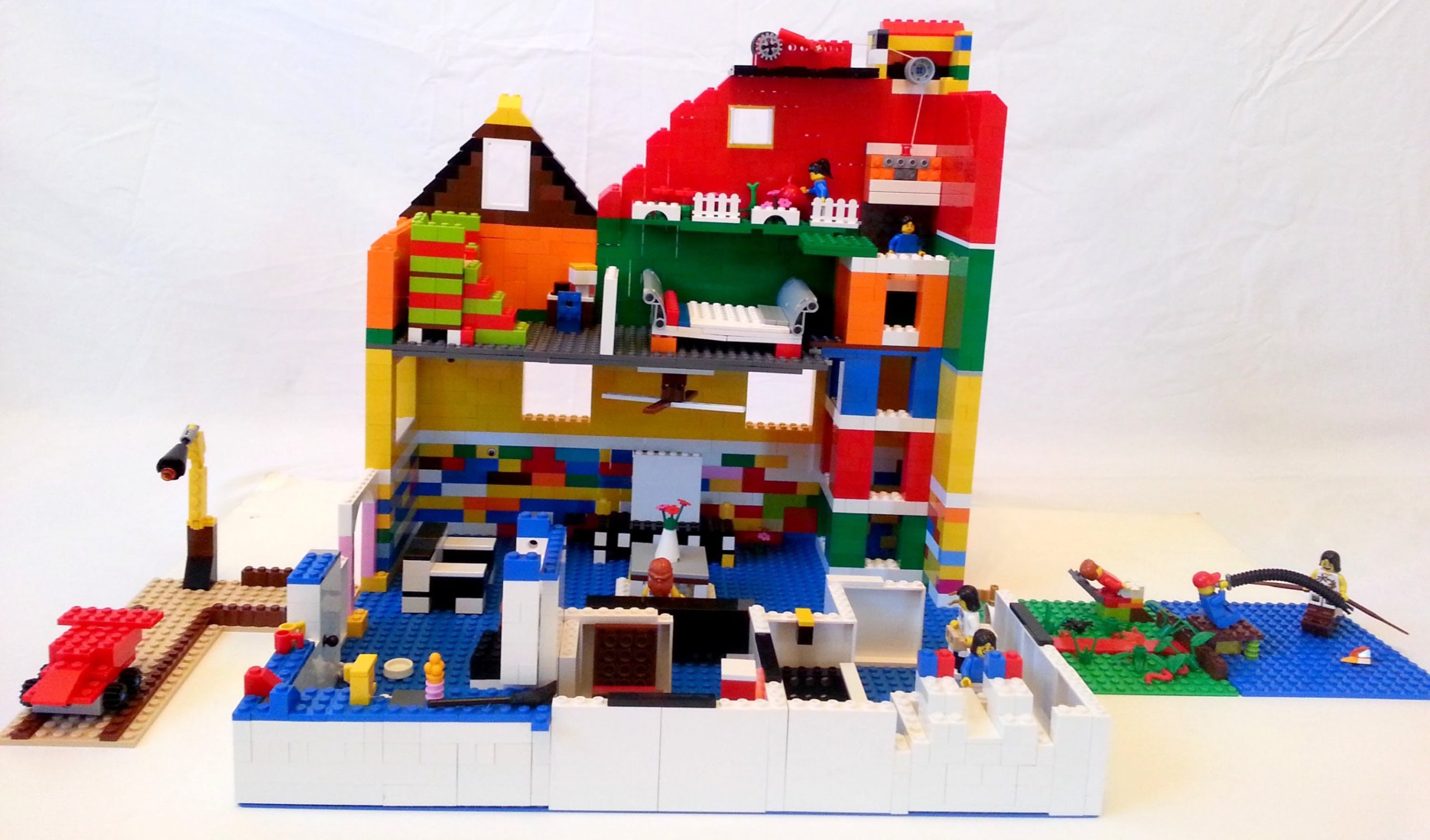
To start off… LEGOs! Still wildly popular with kids (if neighborhood anecdotal evidence is any indication), now LEGO offers programmable robotics kits and educational building products.
But even the basic LEGO building sets remain one of the best ways for kids to use their fine motor skills, practice spatial reasoning, learn how to put parts together to form a whole, and then engage in pretend play, once they’ve built something.
2. Sphero STEM Kits
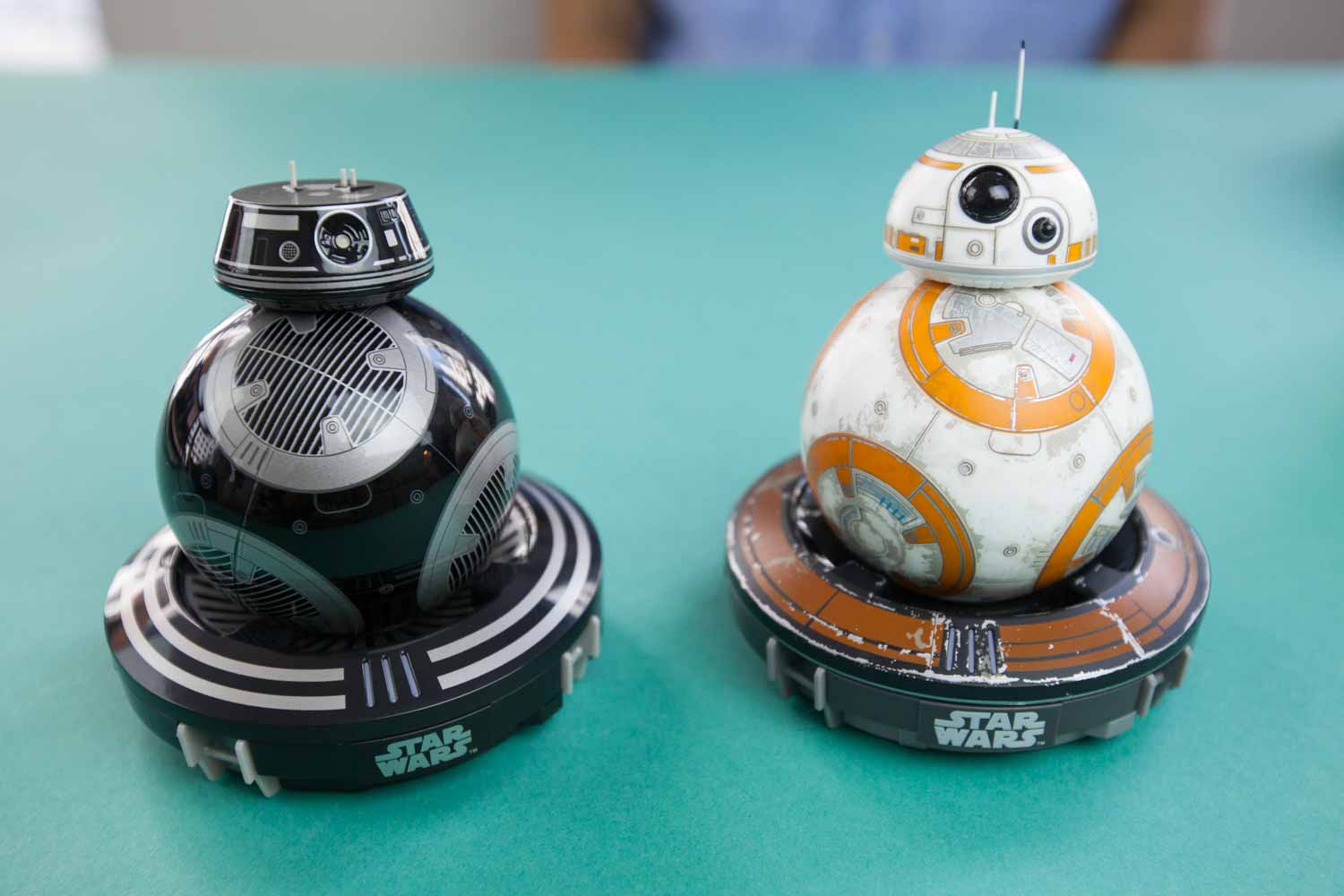
Sphero offers tons of STEM kits for kids, including programmable robots and littleBits snap-together electronics kits.
3. Snap Circuits
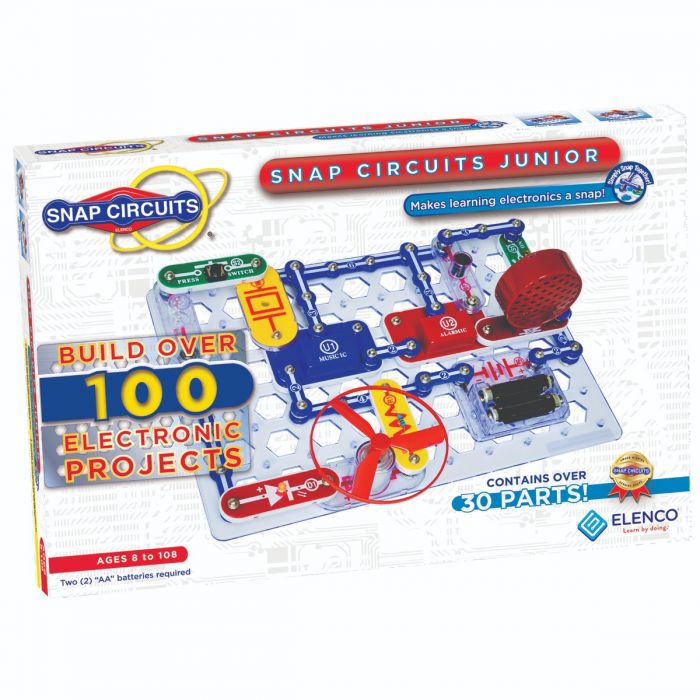
Follow a pattern and create a circuit that flashes a light, plays music, sounds an alarm, makes a fan whirr, or drives a Rover. Snap Circuits are safe and colorful, and they make it easy for kids (and parents) to build a working electronic circuit by snapping colorful plastic pieces together in specific patterns.
You can combine sets to work together, and each set comes with a huge booklet of specific circuits to build, keeping the set interesting for a long time. Experienced “snappers” can get creative, testing out new circuits—a great way to help kids understand electrical engineering.
4. Laser Pegs
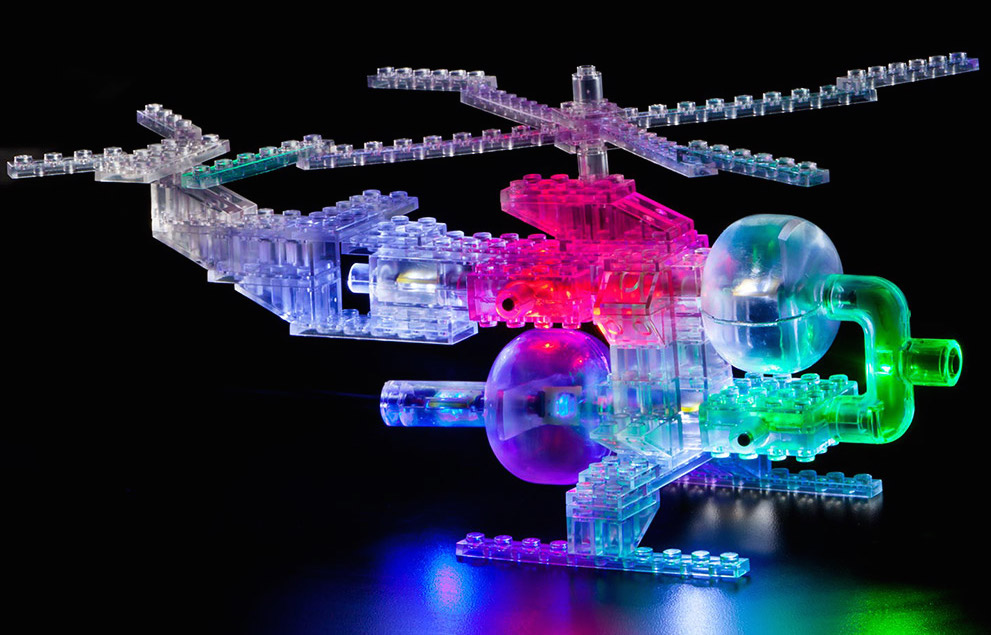
Laser Pegs let kids build spaceships and other structures, like you would with LEGO, but using low-current LEDs that light up your creation. Laser Pegs offer yet another way for kids to practice fine motor skills and use the process of building to develop their understanding of math and engineering concepts.
Since kids don’t always get a lot of time to build at school, having toys like this at home allows them to play, while still reinforcing valuable math skills. In fact, several teachers have suggested using building toys to provide math enrichment for my own kids at home, because they keep the focus on fun and use 3D construction as a way to reinforce the STEM concepts they’re learning at school.
5. Magna-Tiles
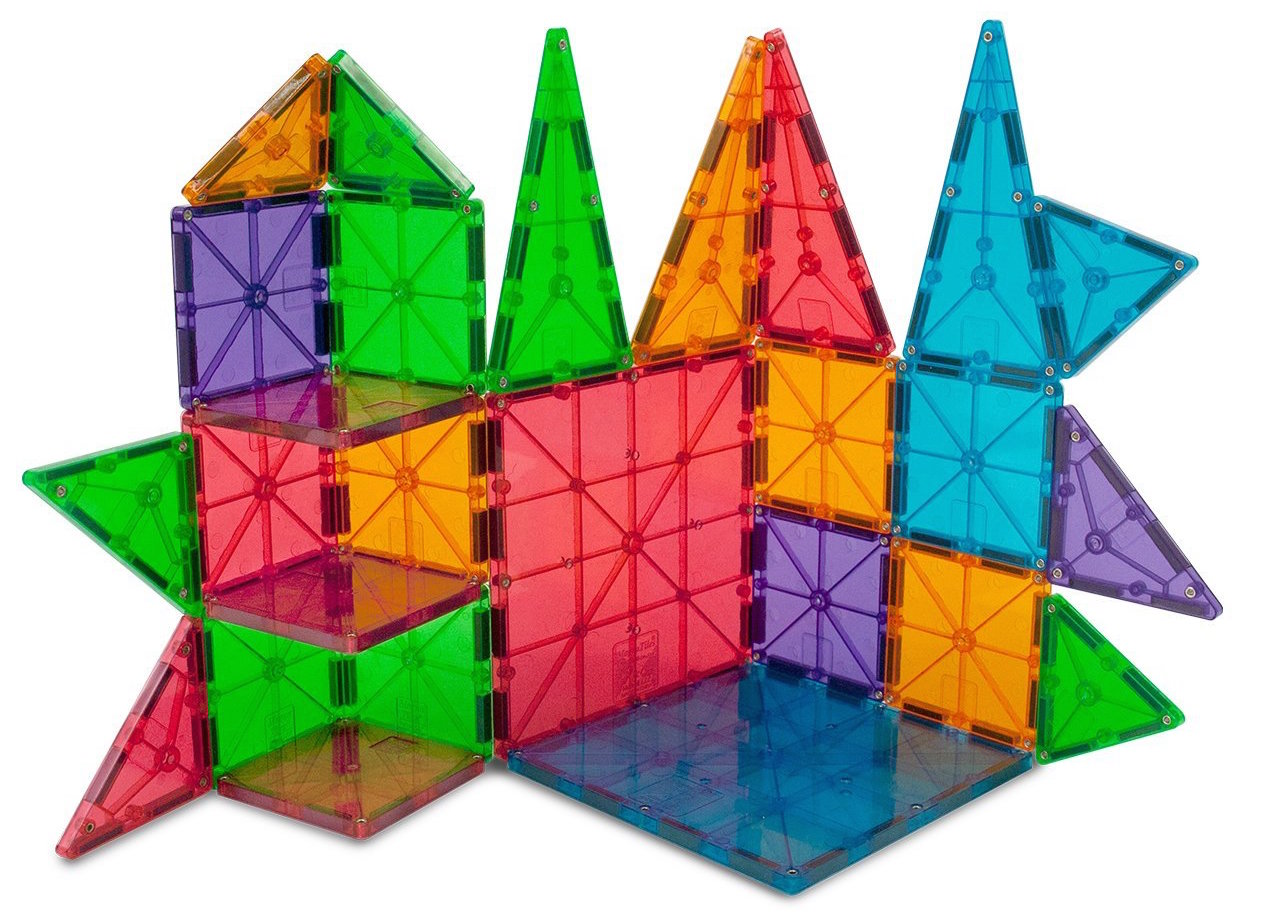
A favorite toy in preschools and homes across America, Magna-Tiles let kids create anything they can dream up—houses, tires, skyscrapers, even Ferris wheels or vehicles—by easily placing these smooth, flat magnetic tiles together. Then, if a structure gets knocked down, another can rise in its place almost immediately!
6. Cubetto
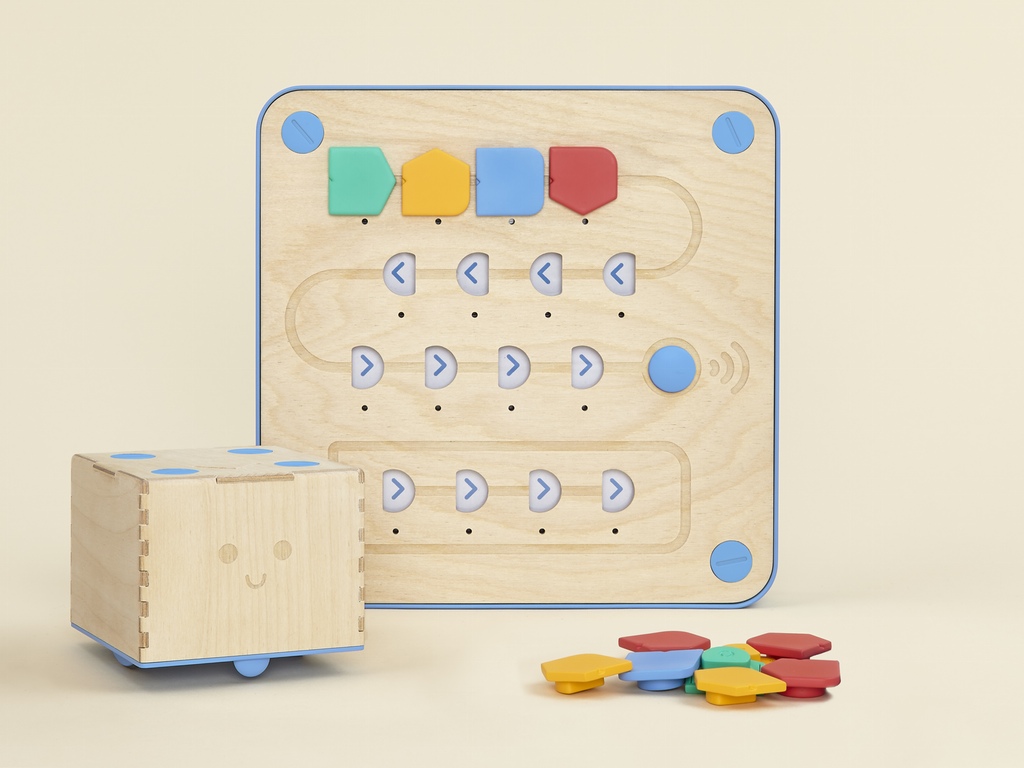
Hands-on coding for three-year-olds and anyone else who wants to learn very basic programming skills, Cubetto is a project of Primo Toys, who tested the concept with educators around the globe before creating a Kickstarter campaign to fund it. Cubetto’s “brain” is an Arduino, and the toy works with shapes, movement, and sound, so it’s accessible to non-sighted children.
7. DIY Cardboard Box
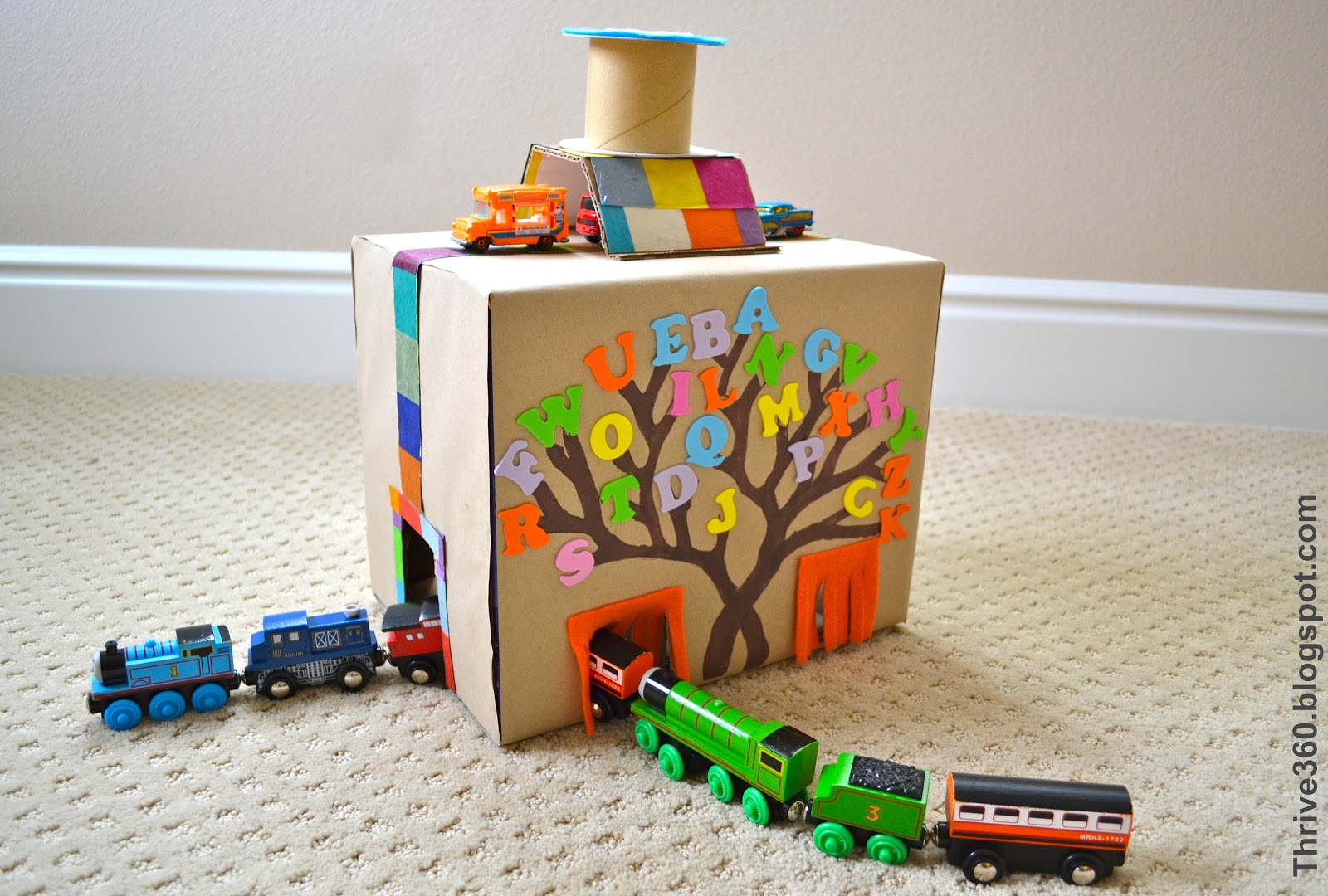
With all the amazingly intricate toys available, I still think the most amazing toy is the tried and true, old school cardboard box. It’s whatever kids want it to be: a clubhouse, a castle, an ice rink, a spaceship, you name it. Fold-up storage (what could be better?), walls kids can actually draw on, and fairly easy to procure (often free).
Have fun checking out these toys, and let us know which ones you’ve come across that are particularly inspiring to budding makers and engineers.









